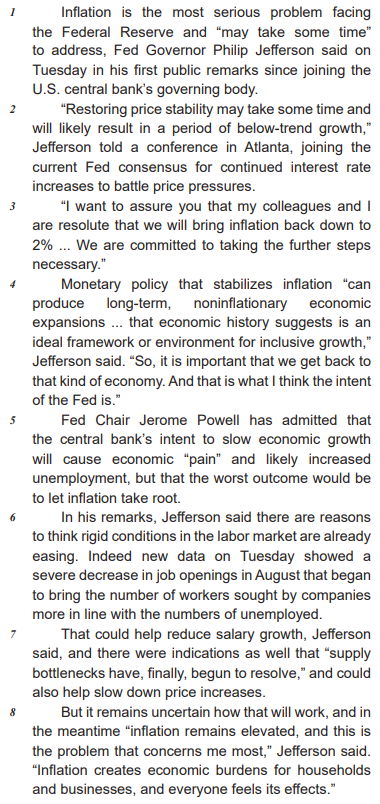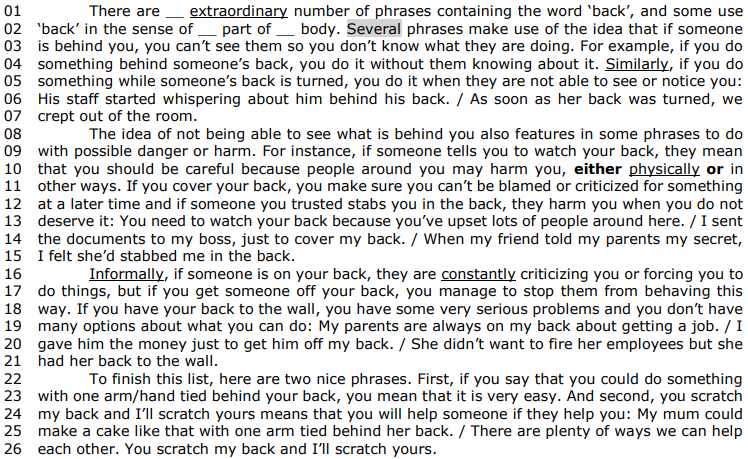Questões de Concurso
Sobre sinônimos | synonyms em inglês
Foram encontradas 1.298 questões
“So I was quite offended by my doctor who, when we ran into each other in the street one day, took one look at me and told me that I was definitely overweight”.
Text CB1A2-II

Jorge Cham. Piled higher and deeper. Internet: <www.phdcomics.com>.
Text CB1A2-II

Jorge Cham. Piled higher and deeper. Internet: <www.phdcomics.com>.

Text CB2A2
Anyone who has interacted with superbot ChatGPT or image generator DALL-E might be wondering what the future of artificial intelligence (AI) holds for humanity.
ChatGPT is an AI program that generates text in a very human-like manner when asked questions. Just ask DALL-E or similar programs to create a picture of a French bulldog driving a pink convertible and voila: you’ll see several versions in seconds.
Science fiction in the mid-20th century created good-natured AI such as the computer on Star Trek helping the Enterprise crew, as well as its evil twin set on destroying its creators like HAL in Arthur C. Clarke’s famous book (or Stanley Kubrick’s 1968 film adaptation) 2001: A Space Odyssey. In 2023, however, we’re surrounded by AI that’s far more mundane than those examples. The virtual assistant in your smartphone, the airline chatbot and the robot vacuum cleaning your floors don’t seem to have any aspirations to rise above humanity and have been designed to help us.
We should be prepared for bigger things to come than games, better chatbots or photo generators. Connectivity is key: think of AI as a general-purpose innovation like electricity that powers and connects other technologies, including sensors, robots, genomic devices and 3D printers. AI’s use will only intensify and accelerate as faster computing technology is developed, along with greater sensors capturing data, often called the Internet of Things (IoT). In the future, AI will be interwoven in virtually every aspect of commercial and personal activities.
Peter Marber. Artificial Intelligence: Why Should We Care?.
Internet:
Considering the linguistic and semantic aspects of text CB2A2, judge the following item.
The word “wonder”, in the first paragraph, is used here in the
sense of “decide”.


Based on the text above, judge the following item.
Considering the necessary adjustments, the expression
‘nature-based solutions’ (in the last paragraph) can be
replaced by solutions developed from nature, without
changing the meaning of the text.
Based on the text above, judge the following item.
The sentence “Children are not being taught enough about
plants” (in the first paragraph) can be correctly rewritten as
Children are not receiving enough training on plants
without change in its meaning.



I. Its past form is “could”. II. It could be replaced by “must” with no significative changes in meaning. III. It expresses permission.
Which statements are correct?